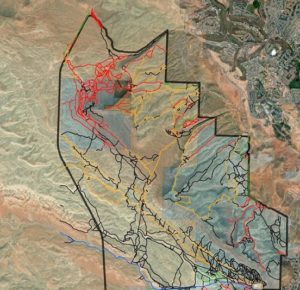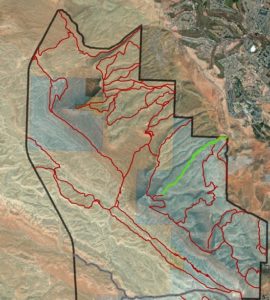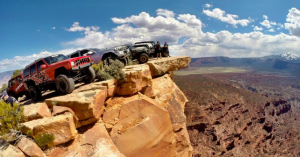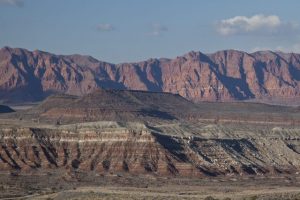Over 100 miles of Washington County Trails Closed to Off Highway Recreation!!!
UPLA recently discovered that almost 6800 acres of land has been slated for closure to Off Highway Recreation. The new area designated as “Zone 6” is located Southwest of St George at the end of Navajo Drive, is very popular area for ATV/UTV riders and recreational shooters. It includes one of the only Virgin River Crossings, which will also be closed.
- Current Trail Map
- Future Trail Map
The closure is related to the Northern Corridor Transportation Project has been under consideration for many years. The Utah Department of Transportation petitioned the BLM and SITLA for permission for the right of way to build the transportation project through what had previously been designated as a designated Desert Tortoise Habitat. Last summer, public hearings were conducted via Zoom, and a Habitat Conservation Plan was approved that would allow construction of the highway in exchange for designation of the area known as Zone 6 to be reserved for the preservation of desert tortoise habitat, thereby closing off highway vehicle use and recreational shooting. Over 100 miles of trails will be closed to all motorized vehicle traffic.
Hiding behind the cover of Covid, this action was taken without knowledge, comment, or involvement of any offroad users.
Unfortunately, this loss appears to be past the point of no return, but UPLA is responding by establishing procedures to ensure that we are notified of any public land use changes going forward.
The goal of Utah Public Lands Alliance is to represent Multi-sport interests, 4×4, ATV, UTV, Dirt Bike, Mountain Bike, Snowmobile, and Equestrians, for responsible recreational use of Public Lands. We are all volunteer, non-profit 501c3 organization that depends on the support of the Off Road Community




